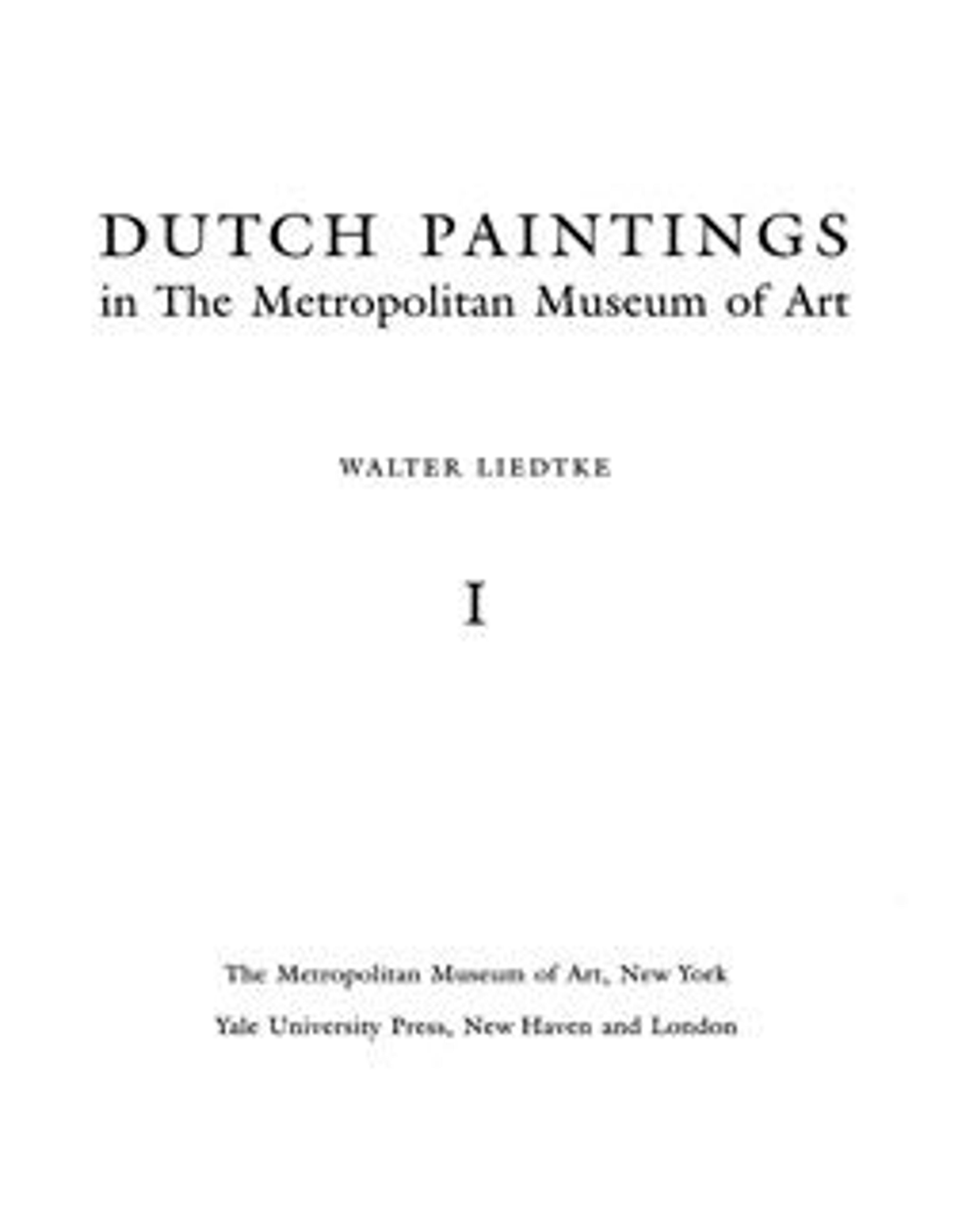Cephalus and Procris
In his Metamorphoses, the ancient Roman poet Ovid told the story of the hunter Cephalus, who mistakes his wife Procris for his prey, fatally wounding her with his spear. In Schalcken’s version of this tragic tale, Cephalus cradles his wife in his arms as she expires on the forest floor. Recent conservation treatment has uncovered the artist’s graphic depiction of Procris’s wounds, which had been painted over at a later point in accordance with Victorian sensitivities. Alongside this realistic depiction of the body, the work displays Schalcken’s trademark attention to refined effects of illumination and luxurious textiles.
Artwork Details
- Title: Cephalus and Procris
- Artist: Godfried Schalcken (Dutch, Made 1643–1706 The Hague)
- Date: probably 1680s
- Medium: Oil on canvas
- Dimensions: 25 1/2 x 31 3/8 in. (64.8 x 79.7 cm)
- Classification: Paintings
- Credit Line: Rogers Fund, 1974
- Object Number: 1974.109
- Curatorial Department: European Paintings
More Artwork
Research Resources
The Met provides unparalleled resources for research and welcomes an international community of students and scholars. The Met's Open Access API is where creators and researchers can connect to the The Met collection. Open Access data and public domain images are available for unrestricted commercial and noncommercial use without permission or fee.
To request images under copyright and other restrictions, please use this Image Request form.
Feedback
We continue to research and examine historical and cultural context for objects in The Met collection. If you have comments or questions about this object record, please contact us using the form below. The Museum looks forward to receiving your comments.
